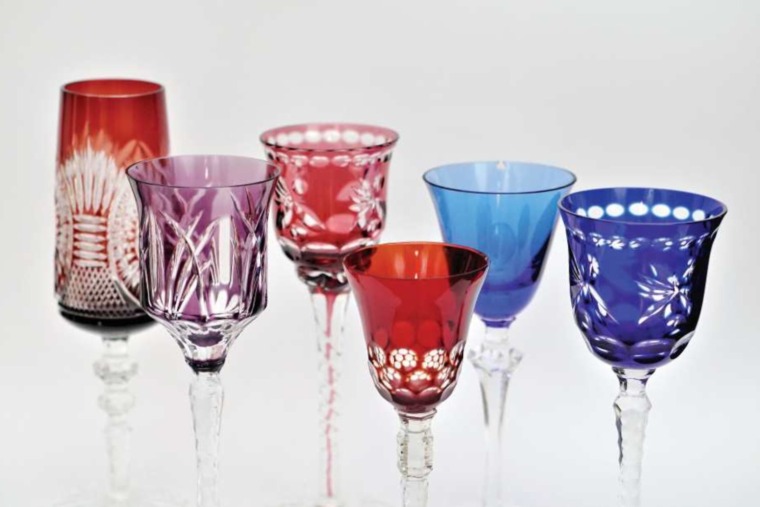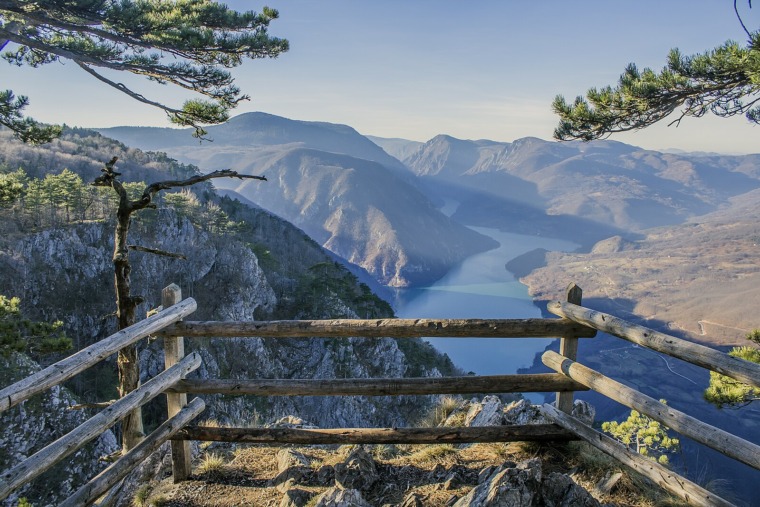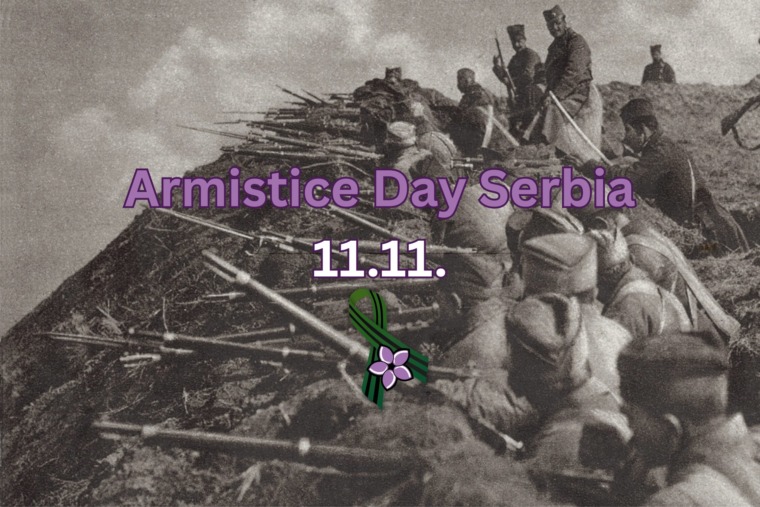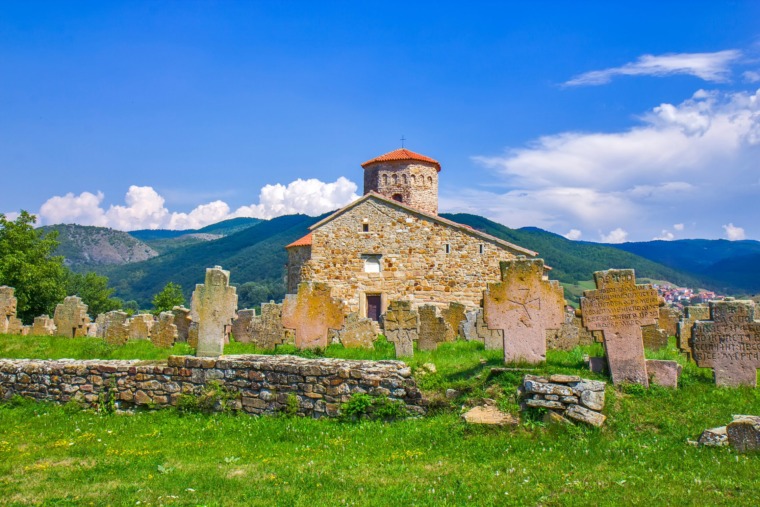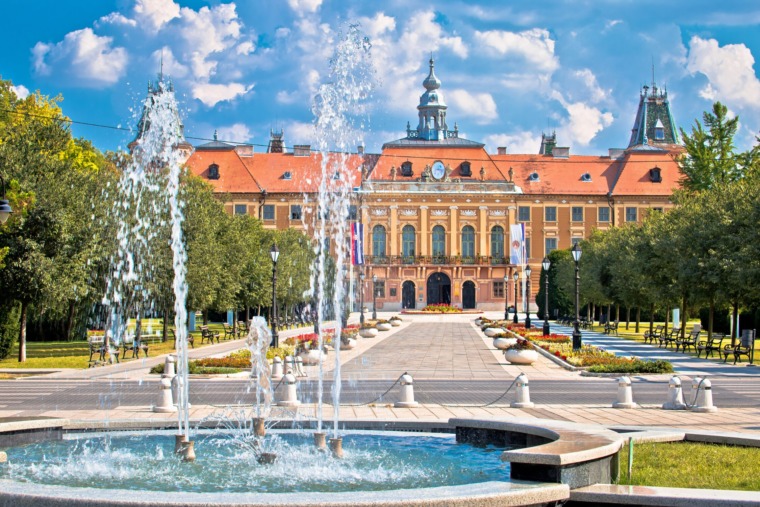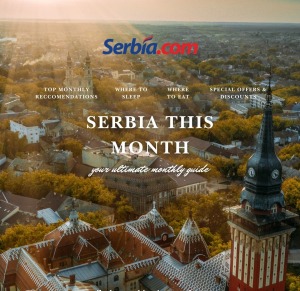
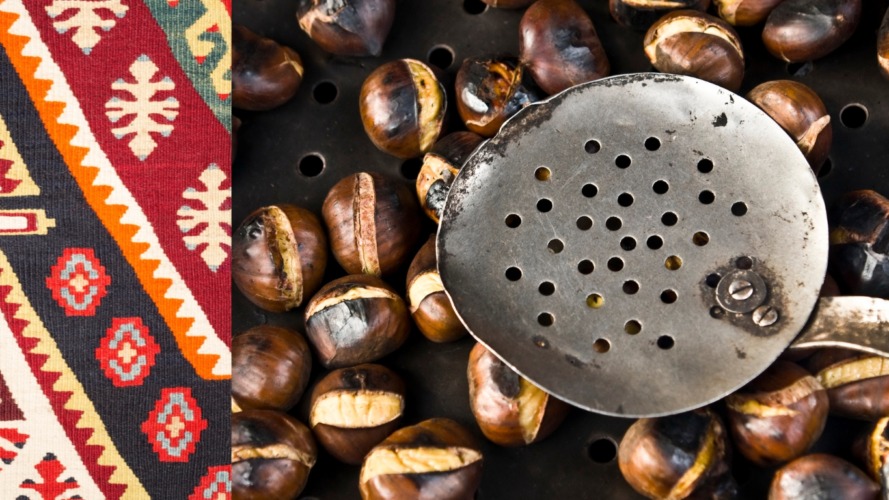
Autumn in Serbia has its own special scent – the aroma of roasted chestnuts. Nothing feels more authentic than a stroll down Knez Mihailova Street in Belgrade, where the smell wafts from old iron pans, enticing passersby. Small paper cones filled with hot chestnuts warm the hands and bring smiles, as the fragrance fills the streets and squares.
A Ritual that Brings Generations Together
Eating roasted chestnuts is more than a snack – it is a ritual that connects people. Elders share stories of their first cones, while children joyfully help select the best nuts. As hands warm on the shells, conversations and laughter emerge spontaneously, turning the simple act into a moment of warmth, community, and life’s simple pleasures.
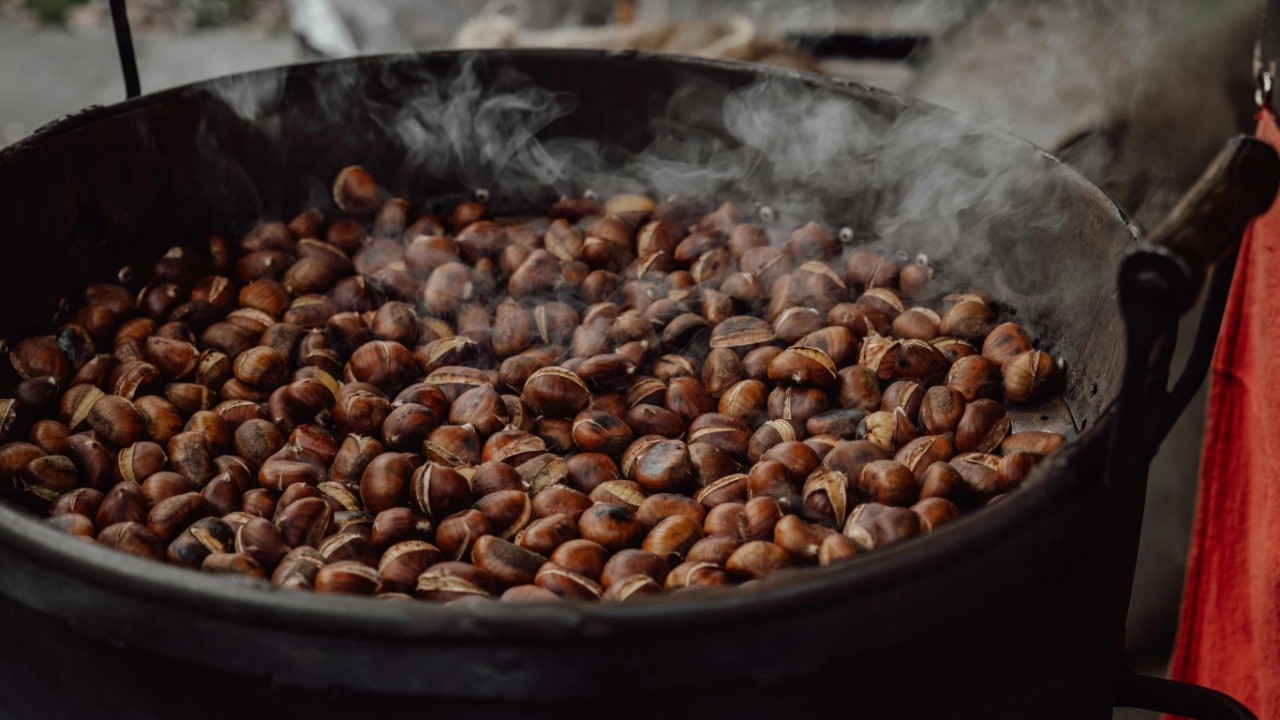
A Walk to Kalemegdan
Many locals continue their walk from Knez Mihailova to Kalemegdan Fortress, chestnuts in hand. On a bench overlooking the confluence of the Sava and Danube rivers and the historic fortress walls, a roasted chestnut becomes the perfect companion for the moment. People pause, watch the sunset, and soak in the atmosphere – a blend of history, nature, and tradition found nowhere else.
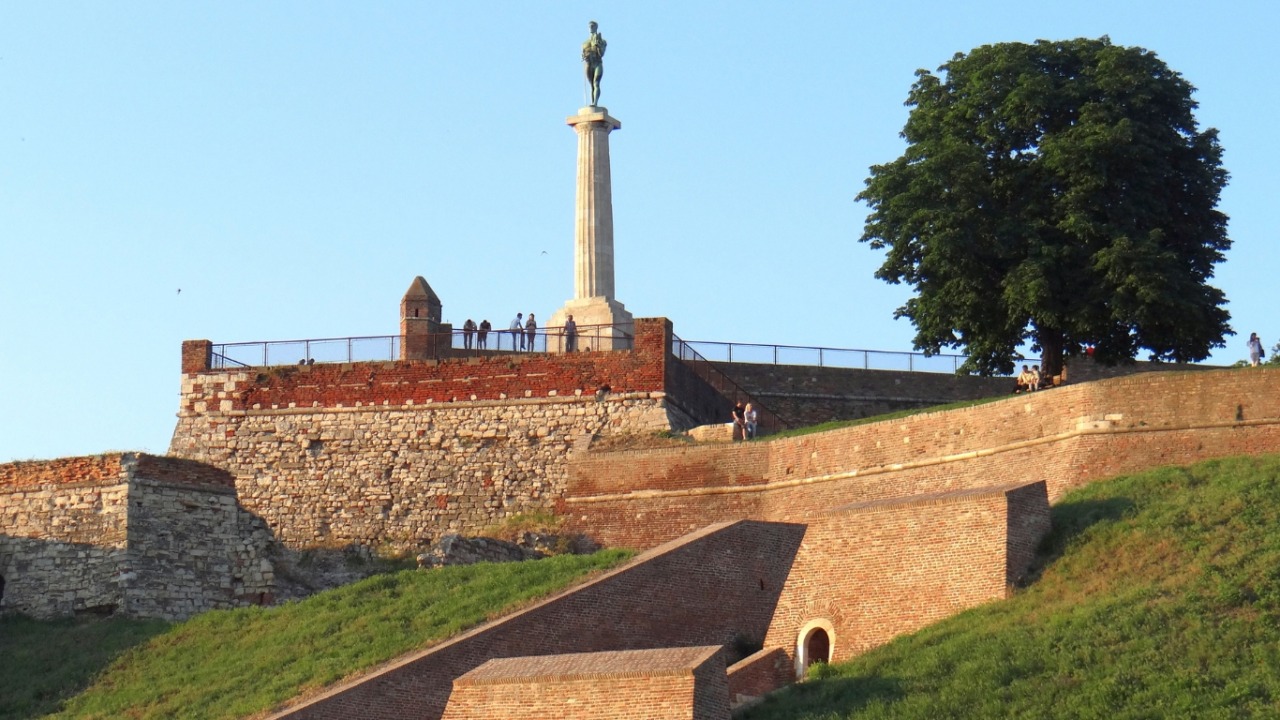
Gathering, Music, and Street Life
Around the chestnut vendors, small gatherings form. Locals and visitors strike up spontaneous conversations, while songs and laughter fill the air. Historically, chestnut roasting was often linked with village fairs and church gatherings, where people enjoyed music, singing, and dancing while waiting for the chestnuts to be ready.
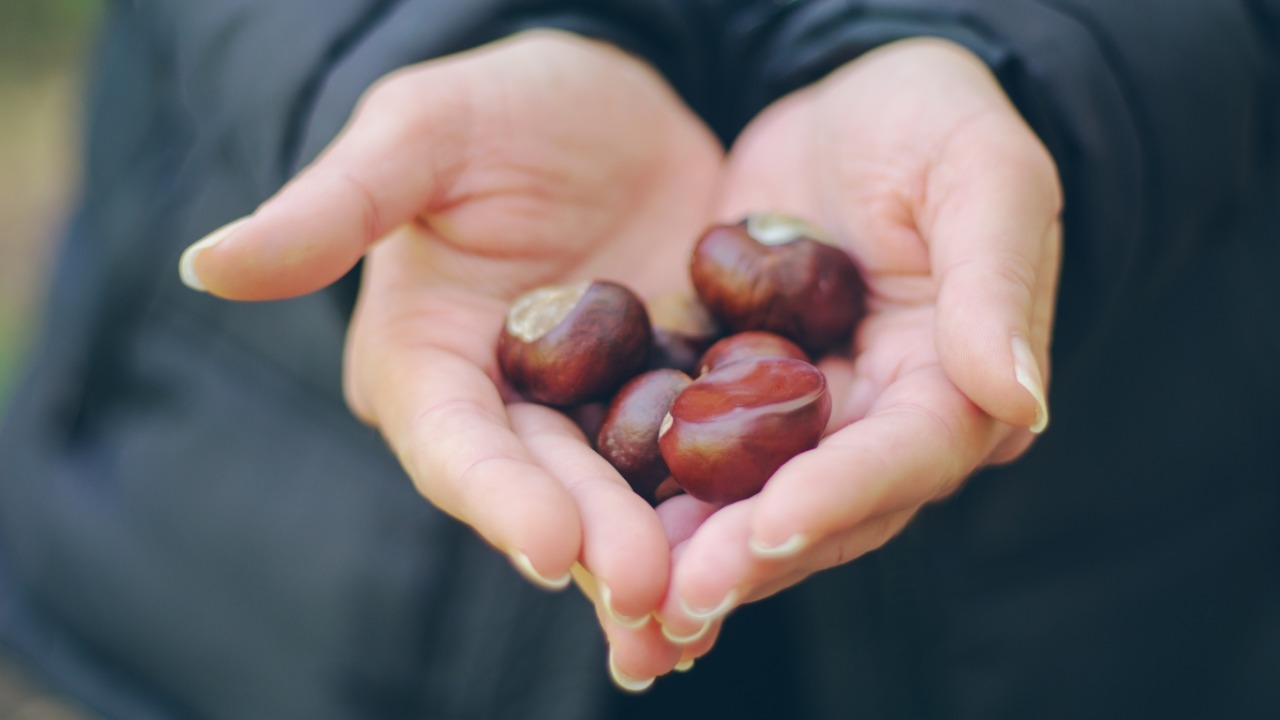
In Serbia, roasted chestnuts are more than just food – they symbolize autumn, togetherness, and community. They remind us that the most beautiful moments are not in luxury, but in the scents, tastes, and stories we share. Autumn in Serbia smells like chestnuts, carrying the spirit of warmth, joy, and authentic urban life.
Related Articles

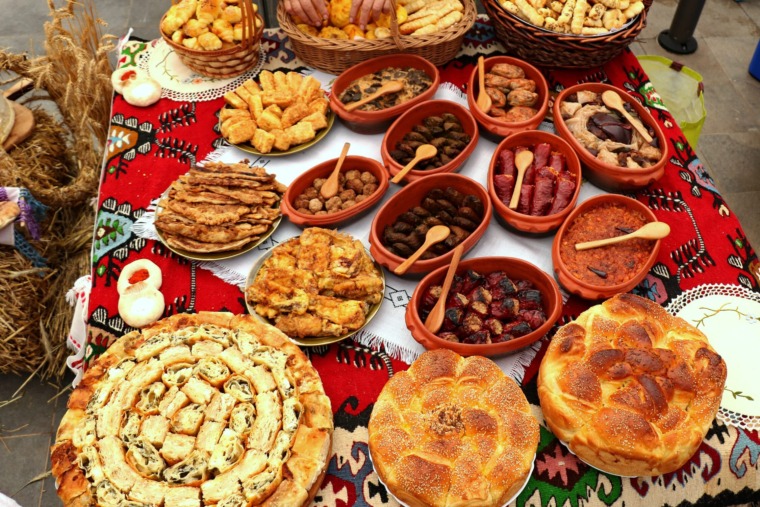
Serbian Comfort Food: A Cozy Guide to Winter Flavors
November 18, 2025
13 Unreal Photos of Belgrade: A City That Looks Like a Dream
November 13, 2025

